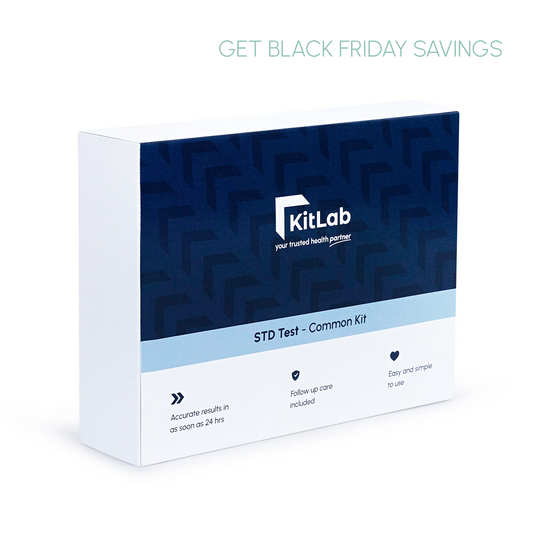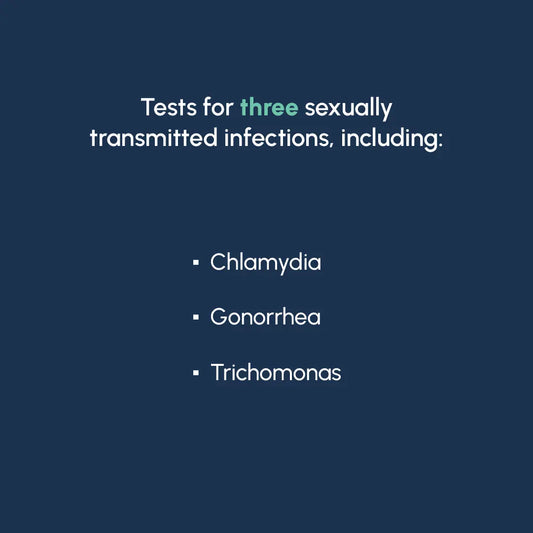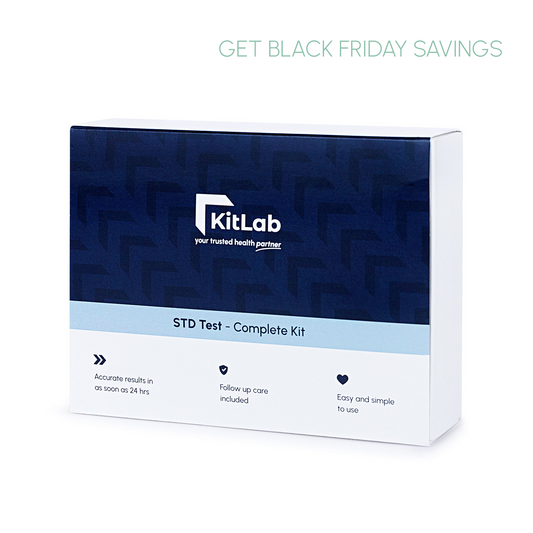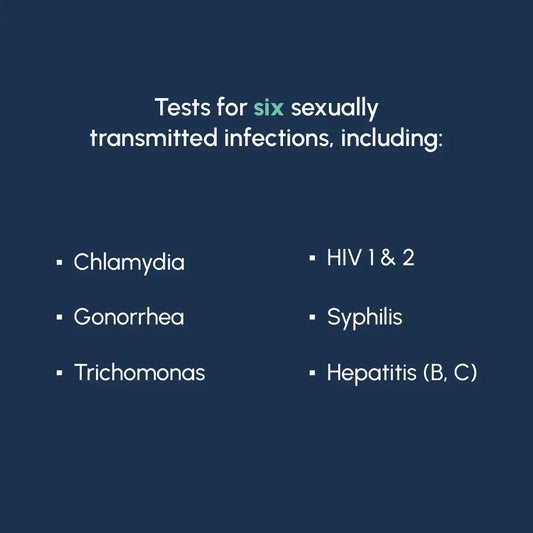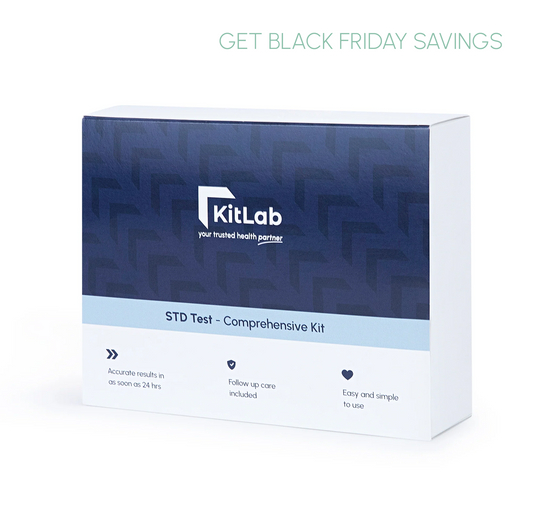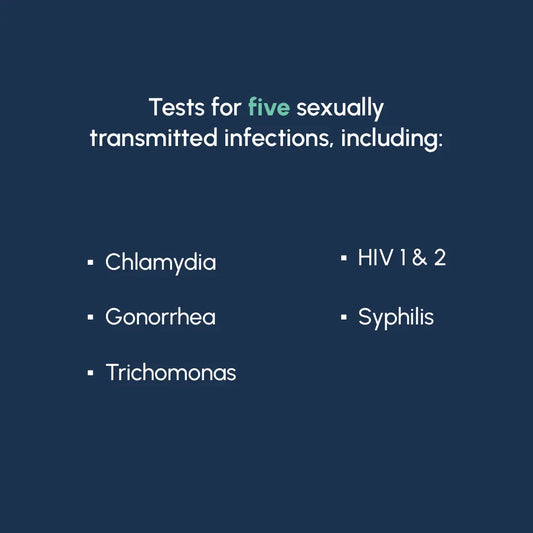Your Next Big Advantage: How At-Home Respiratory Testing Builds Stronger Patient Relationships

For years, pharmacies and healthcare distributors have talked about meeting patients where they are. The truth is, they already are at home. What began as a pandemic necessity has evolved into a lasting expectation: the ability to test, treat, and recover without leaving the house.
At-home diagnostics, especially in respiratory health, are no longer just convenient—they are reshaping how patients engage with care. For pharmacies, clinics, and distributors, each test kit represents the start of a relationship that extends far beyond a single result.
From Seasonal Demand to Year-Round Opportunity
The demand for at-home respiratory testing has expanded well beyond COVID-19. Combined test kits for flu, COVID-19, and RSV are now widely used, and consumers increasingly expect rapid, reliable results from home.
A 2024 Rock Health digital health survey found that 82 percent of consumers who used at-home diagnostic tools were more likely to follow up with the pharmacy or provider who offered them. The University of Michigan National Poll on Healthy Aging reported that nearly half of U.S. adults over 50 have used an at-home medical test, and 91 percent said they would do so again, citing convenience and trust.
In a prospective observational study published in the Journal of Clinical Microbiology, self-collected samples from healthcare workers’ homes detected respiratory viruses in 40.3 percent of cases compared to 24 percent when collected at workplaces. The results confirm that at-home collection for influenza, RSV, and coronaviruses is both feasible and accurate (PubMed Central - National Library of Medicine).
This evidence points to a clear opportunity: when testing begins at home, continuity of care naturally loops back to the provider who made it possible.
A Market Shift You Can Measure
According to Fortune Business Insights, the global at-home diagnostics market will reach 21.8 billion dollars by 2028, driven by respiratory and infectious disease testing. The strongest growth is projected among connected kits—those that link directly to telehealth or prescription services—where results flow into clinical or retail systems.
Industry coverage from Healthline also highlights the emergence of new combination home-collection kits that can detect flu, COVID-19, and RSV simultaneously. This single-entry model streamlines care and reduces patient hesitation about which test to choose (Healthline, 2024).

For pharmacies and distributors, these innovations represent more than product diversification. They form a scalable model for retention, repeat sales, and predictable patient engagement.
Lessons from Sexual Health
The same model has already succeeded in another high-need area: sexual health. In 2024, the FDA approved the first over-the-counter syphilis test, following years of data showing that home-based screening increases early detection and reduces disease transmission.
A meta-analysis of at-home STI self-collection found that home testers completed screening at more than twice the rate of clinic testers—64.6 percent compared with 31.6 percent—demonstrating how convenience drives participation (Pubmed Central - National Library of Medicine). Another BMJ Global Health study concluded that specimen self-collection at home and in non-clinical settings should be offered as an additional option for STI testing, confirming both accuracy and patient preference (BMJ Global Health).
These findings reinforce what is now happening in respiratory diagnostics. When people can test privately, confidently, and connect instantly to follow-up care, engagement rates increase dramatically.
What Partners Gain

For pharmacies, clinics, and distributors, the expansion of at-home testing transforms patient relationships in measurable ways. It generates recurring revenue through linked prescriptions, telehealth visits, and seasonal test subscriptions. It increases customer retention when patients use branded portals that connect their test to next-step care. It also enhances operational efficiency by automating result routing and follow-up communication. Most importantly, it strengthens brand equity as pharmacies and clinics become recognized as trusted partners in proactive, data-driven healthcare.
At-home testing does not replace traditional care. It extends it, creating new points of contact and loyalty between the provider and the patient.
Turning Insight into Implementation
To make at-home testing work as a business advantage, organizations must choose diagnostic partners that deliver more than a result. The most successful programs emphasize clinical validation backed by peer-reviewed data, digital integration through portals and apps, and flexible distribution models for both retail and in-clinic use. Custom branding is equally valuable because it ensures your organization stays visible from test to treatment.
When these elements come together, each test result becomes an entry point into long-term engagement, not a one-time sale.
The Bottom Line
At-home respiratory testing is no longer a trend; it is a turning point in how healthcare is delivered and experienced. Supported by a growing body of research across clinical fields, self-collection diagnostics are redefining how pharmacies, healthcare providers, and distributors build loyalty and deliver value.
For those ready to evolve, the opportunity is clear. The next great patient relationship begins at home.
KitLab helps pharmacies, clinics, and distributors turn at-home diagnostics into lasting patient relationships and recurring revenue. If you’re ready to explore how your organization can benefit from the opportunities at-home testing provides, talk with KitLab today or visit our Business Page for more information.

